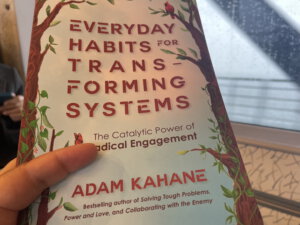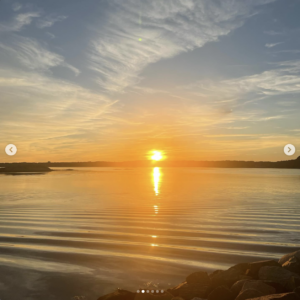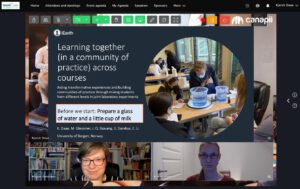
Currently reading Kahane (2025): “Everyday Habits for Transforming Systems: The Catalytic Power of Radical Engagement”
I found a new book that I would love to do a slow-reading book club on! I really enjoyed what we did with the Everyday Changemaker book, and I would…


